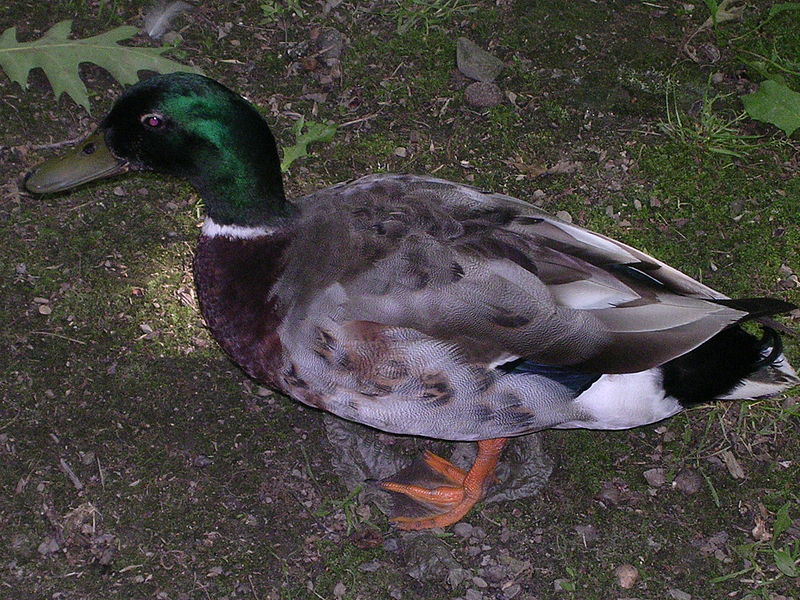The United States Department of Agriculture’s (USDA) Animal and Plant Health Inspection Service (APHIS) has detected the presence of Eurasian/North American reassortant H5N2 avian influenza in a wild mallard duck in Fergus County, Montana. No illness or mortalities in domestic poultry in the U.S. have been detected.

The sample, taken from a hunter-harvested bird through routine surveillance, was tested at the Colorado State University Veterinary Diagnostic Laboratory and forwarded to USDA’s National Veterinary Services Laboratories in Ames, Iowa. Characterization of the sample is ongoing.
“This appears to be one of the strains we saw during the outbreak in 2014 and 2015,” said Dr. Jack Shere, USDA Chief Veterinarian. “This finding serves as a powerful reminder that there is still avian influenza circulating in wild birds, and producers and industry need to continue to be vigilant about biosecurity to protect domestic poultry.”
Wild migratory waterfowl are a natural reservoir for avian influenza, and these viruses can travel in wild birds without them appearing sick. People should avoid contact with sick/dead poultry or wildlife. If contact occurs, wash your hands with soap and water and change clothing before having any contact with healthy domestic poultry and birds.
CDC considers the risk to the general public from these H5 HPAI infections to be low. No human infections have occurred in the United States. As a reminder, the proper handling and cooking of poultry and eggs to an internal temperature of 165 ˚F kills bacteria and viruses, including HPAI.
The United States has the strongest AI surveillance program in the world, and USDA is working with its partners to actively look for the disease in commercial poultry operations, live bird markets and in migratory wild bird populations.
Avian influenza (AI) is caused by an influenza type A virus which can infect poultry (such as chickens, turkeys, pheasants, quail, domestic ducks, geese and guinea fowl) and is carried by free flying waterfowl such as ducks, geese and shorebirds. AI viruses are classified by a combination of two groups of proteins: hemagglutinin or “H” proteins, of which there are 16 (H1–H16), and neuraminidase or “N” proteins, of which there are 9 (N1–N9). Many different combinations of “H” and “N” proteins are possible. Each combination is considered a different subtype, and can be further broken down into different strains. AI viruses are further classified by their pathogenicity (low or high)— the ability of a particular virus strain to produce disease in domestic chickens.


One thought on “H5N2 avian influenza detected in wild mallard duck in Montana”